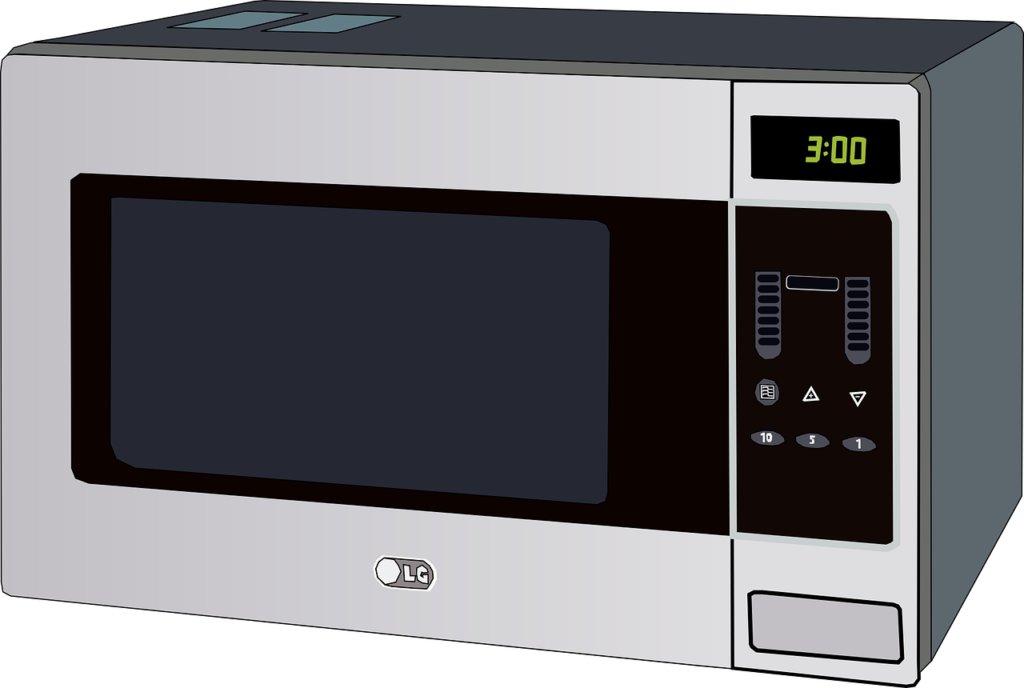Microwaves have become an indispensable appliance in modern kitchens, offering convenience and efficiency in heating up meals in a matter of minutes. However, like all appliances, microwaves have a lifespan, and there comes a time when they may need to be replaced. But how do you know when it’s time to say goodbye to your trusty microwave? Here are six signs to look out for:
Decreased Heating Performance:
One of the most obvious signs that your microwave might be on its last legs is a noticeable decline in heating performance. If your microwave takes significantly longer than usual to heat food or if it struggles to heat food evenly, it could indicate that the microwave’s magnetron, the component responsible for generating microwave radiation, is wearing out.
Unusual Noises:
Strange noises such as buzzing, humming, or grinding sounds coming from your microwave could be indicative of internal issues. These noises may be caused by a malfunctioning motor, loose components, or worn-out bearings. If your microwave sounds louder or different than usual during operation, it’s worth investigating further.
Visible Damage:
Physical damage to the exterior or interior of the microwave is a clear sign that it may need to be replaced. Cracks in the door, chipped paint, or warping could compromise the microwave’s safety and effectiveness. Additionally, if you notice any sparks or arcing inside the microwave while it’s in use, it’s essential to stop using it immediately and seek a replacement.
Frequent Breakdowns:
If your microwave seems to require repairs more frequently or if it stops working altogether despite attempts to fix it, it may be time to invest in a new one. Continuously repairing an old microwave can end up costing more in the long run than purchasing a new, reliable model.
Outdated Technology:
Advancements in microwave technology have led to improved performance, energy efficiency, and safety features. If your microwave is an older model that lacks modern conveniences such as sensor cooking, defrost settings, or digital displays, upgrading to a newer model could enhance your cooking experience and save you time and energy.
Foul Odors or Strange Smells:
If your microwave emits unpleasant odors or produces strange smells when in use, it could be a sign of burnt food residue, electrical issues, or internal component damage. Despite thorough cleaning, if the smells persist, it’s best to err on the side of caution and replace the microwave to avoid any potential safety hazards.
In conclusion, while microwaves are durable appliances designed to withstand daily use, they aren’t immune to wear and tear. Paying attention to these signs can help you determine whether it’s time to retire your old microwave and invest in a new one. By doing so, you can ensure continued convenience and safety in your kitchen for years to come.

